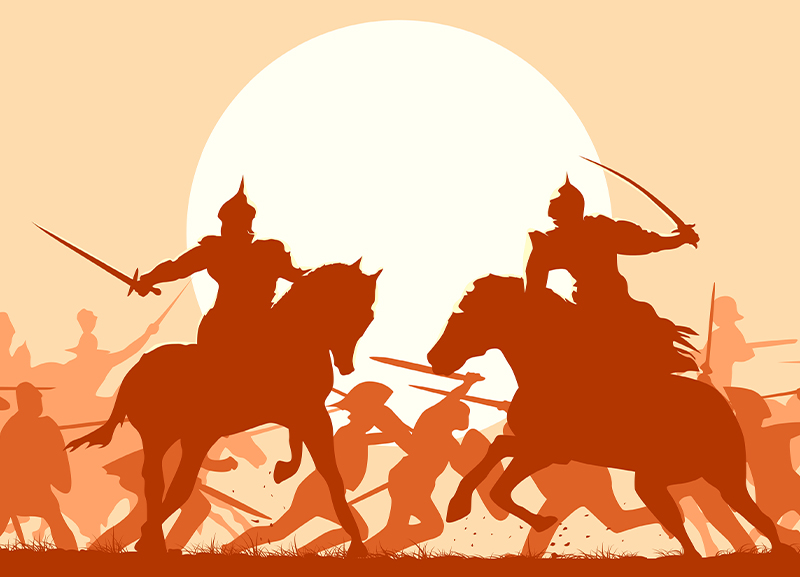
In the annals of Indian history, few figures shine as brightly as Ashoka the Great, a ruler whose reign marked a pivotal moment in the subcontinent’s development. Ashoka, the third emperor of the Mauryan Dynasty, took the throne in 268 BCE and underwent a remarkable transformation from a fierce conqueror to a compassionate monarch, committed to the ideals of peace, non-violence, and religious tolerance.
Ashoka’s rule began with a series of military conquests, most notably the Kalinga War which was a blood bath. The brutality of the conflict, which resulted in immense bloodshed and suffering, deeply disturbed the emperor. This moral enlightenment triggered a complete ideological conversion for him. Ashoka gave up warfare and adopted the religion of Buddhism, which taught love, non-violence, and the quest for nirvana.
The conversion to Buddhism had a profound impact on Ashoka’s governance. He turned away from the old imperialistic expansion and worked toward maintaining peace and order in his empire. His edicts, carved on rocks and pillars throughout his massive empire, declared his belief in Dhamma, a moral law that stressed the importance of living a virtuous life, tolerance, and the respect of all living things. These pronouncements reveal many things about Ashoka’s philosophy, his administrative reforms, and his social welfare programs.
During Ashoka’s reign, a remarkable era of peace and prosperity unfolded. Ashoka inherited a well-established administrative system from his predecessors. He then developed it more into an efficient and caring government for his people. The empire was divided into provinces, each one governed by a Kumara or Aryaputra. These provinces were further subdivided into districts and villages.
A strong central government, headed by the emperor, oversaw the entire empire. Ashoka appointed various officials to manage different aspects of administration, including law and order, revenue collection, and public works. He even set up a system of espionage to check on his officials and subjects.
One of Ashoka’s major administrative reforms was the appointment of Dhamma Mahamatras. These were the chancellors that spread the word of Dhamma, religious tolerance, and looking after the welfare of the people. They also settled disputes and kept law and order.
The administrative system of Ashoka was basically based on efficiency, accountability and welfare of the people. He did many things to make the lives of his subjects better, such as building roads, wells and hospitals. He also enacted laws that encouraged farming and commerce, which helped the empire to flourish economically.
Additionally, he invested significantly in infrastructure, building roads, hospitals, and irrigation systems. These efforts not only enhanced the quality of life for his subjects but also stimulated economic growth and development.
One of Ashoka’s most notable contributions was his promotion of religious tolerance. He acknowledged the diversity of beliefs within his empire and championed peaceful coexistence among different faiths. Ashoka’s edicts reflected this commitment.
November, 2024































